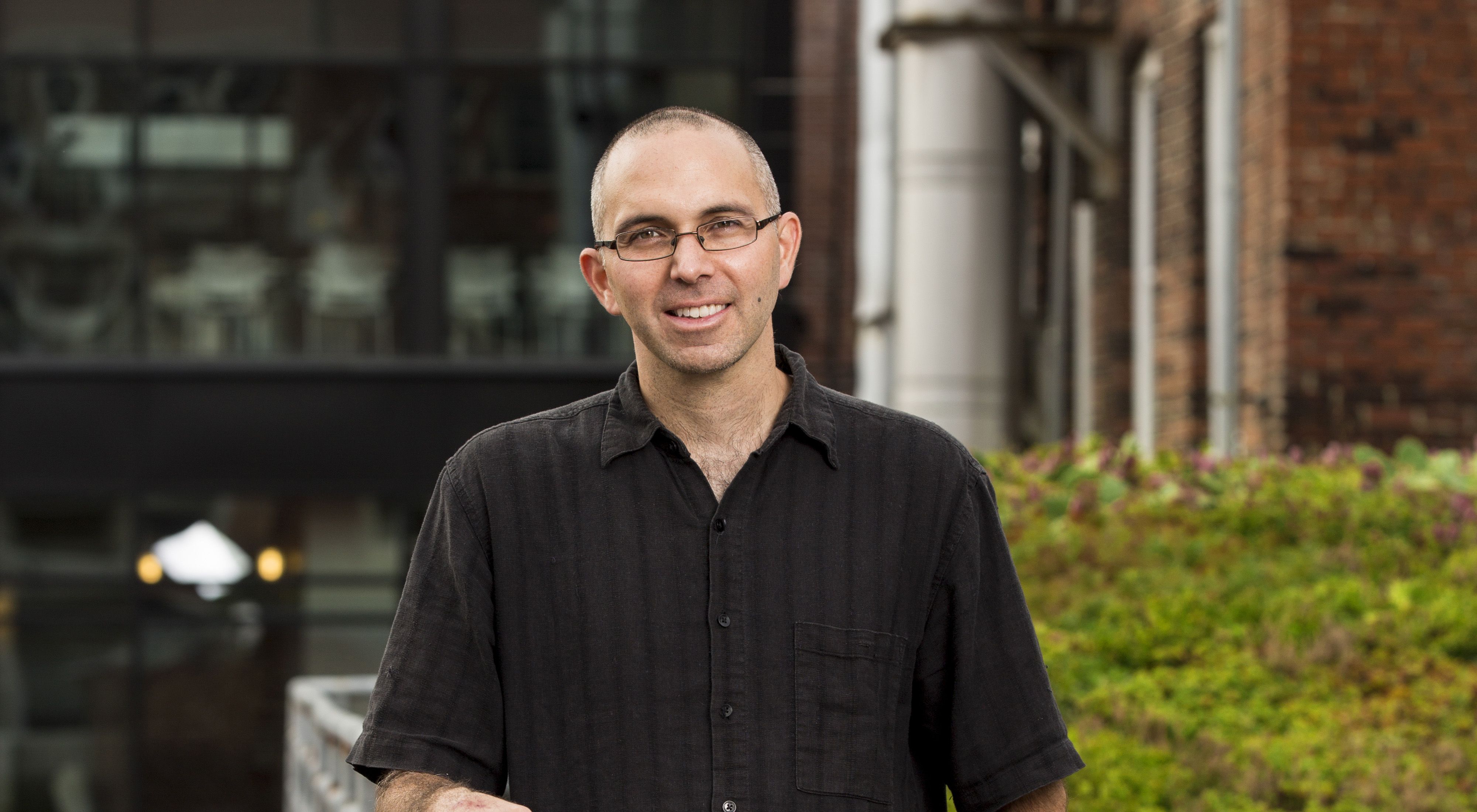Nature in Cities: Good for Nature, Good for Cities
People need nature, especially in cities. But nature also needs cities.
February/March 2016
We are in the middle of the largest migration in history. For the first time ever, more than half of the world’s population lives in urban areas. And over the next few decades, billions more people will move into cities large and small. Cities will clearly be the economic and political rulers of the 21st century.
How Cities Can Help Nature
At first glance, life in a modern city seems far removed from nature’s rhythms, and it’s easy to conjure dystopian visions of an urban future: a world of gray concrete, dirty air and filthy water that will degrade nature, diminish the quality of people’s lives and squeeze out other species. Already in the United States, one in four threatened species lives in metropolitan areas.
Yet cities need nature now more than ever. All over the world, The Nature Conservancy is increasingly being asked to conserve nature not from cities, but for cities. We have come to believe that nature can help make cities healthier, more resilient and more appealing places to live—and that cities, in turn, can help nature.
One glimpse of that greener urban future can be seen in Washington D.C., just across the Potomac River from the Conservancy’s Virginia headquarters. Throughout the city, newly constructed wetlands and strategically placed areas of vegetation—known as “green infrastructure”—are appearing alongside parking lots, sidewalks and streets throughout the city. It’s a beautiful solution to a very ugly problem that afflicts more than 800 cities in the United States: water pollution. The water that flows out of the District’s stormwater systems is dirtier than is allowed by the Clean Water Act. When it rains really hard, the nation’s capital city releases untreated sewage as well.
Green infrastructure, which can range in scope from a simple rain barrel to a complex wetland buffer, slows the movement of stormwater downhill. It also filters out many pollutants that would otherwise flow into the Anacostia and Potomac rivers—and ultimately, the Chesapeake Bay. The city rewards landowners who exceed stormwater retention requirements by allowing them to sell credits to developers who cannot meet the standard of retaining the first 1.2 inches of rainfall on-site. The Conservancy is investing in green infrastructure projects as well, both to keep pollution out of waterways and to help ensure that the city’s innovative incentive system works and serves as a model for other cities.

New York City gives us another glimpse of how nature can help a city thrive. Recent summers have brought sweltering temperatures to the Northeast, and such heat waves are likely to get more frequent and severe as climate change worsens. The city has put together a working group to think about how to prepare for this hotter future. Some preparations involve commonsense things like cooling centers for residents without air-conditioning. But the working group is also considering how green strategies such as tree planting could reduce air temperature and make the city more livable even when there is no heat wave. In New York City and other cities, the Conservancy is working with partners to quantify and plan for the cooling benefits of nature.
Well-Planned Cities That Include Nature Are Better for People
Perhaps the most exciting glimpse of what nature can mean for cities is emerging from scientists, who are increasingly finding that a little bit of nature helps people truly flourish. A 2015 study from Barcelona found that green spaces around schools improve the mental development of young children. A Toronto study showed that increasing the number of trees on a street significantly improves residents’ health. Other studies have found that interacting with nature decreases stress, increases productivity, helps sick patients heal faster and reduces domestic violence. The Conservancy is just beginning to consider such projects, an exciting moment in the growth of our cities program.
Meanwhile, it’s time for conservationists to stop thinking of cities—or development in general—as enemies of nature. I have come to believe that environmentalists need to argue for allowing more development in the proper places. As part of a well-planned city, higher density near urban centers will limit suburban sprawl and help protect biodiversity in remnant habitat patches on the outskirts. Currently, the overwhelming majority of new houses in U.S. cities are still built on the urban fringes. One of the greenest things U.S. cities could do is get a bit denser.
Humanity is creating a new urban world. It could be a dystopia, if we let unplanned growth degrade nature. But if we choose to create our urban world thoughtfully, we can have a more beautiful and humane world. Conservationists have something crucial to say about how nature can help cities, and now is the time to act. This could be our moment of triumph.


